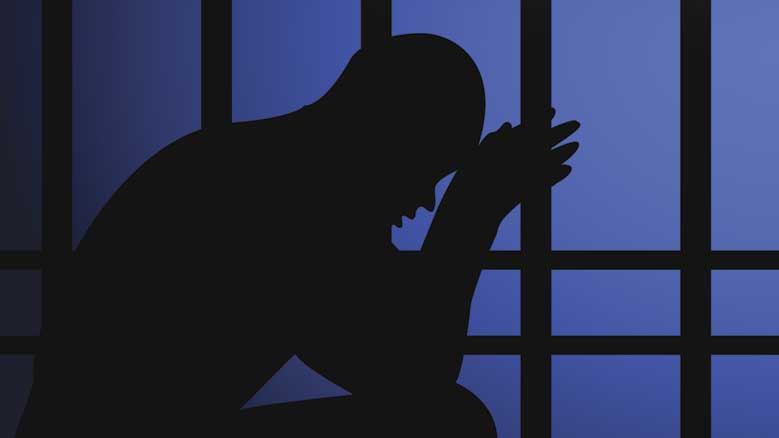
The Quaker worship group at Sing Sing Correctional Facility in Westchester County, New York, formed in 1987 when a man who had attended a worship group at another prison was transferred to Sing Sing. He wrote to New York Yearly Meeting saying he would like to start a worship group in Sing Sing. The letter was forwarded to Scarsdale (N.Y.) Meeting, and two Friends began attending the worship group regularly. It has met most Sunday mornings since then for meeting for worship and on Thursday evenings for business meeting.
In light of the numerous black civilian deaths by police this year, including those in Ferguson, Missouri; Cleveland, Ohio; and Staten Island, New York, the men of Sing Sing Worship Group have been reflecting on and discussing the query “How would we help our community reduce violence?” Because of their experience with violence while growing up and their time in prison, they believe they have some wisdom that would help their neighborhoods reduce violence.
How We Would Help Our Community Reduce Violence
A minute by Sing Sing Worship Group
We are a group of men from the community, currently incarcerated in Sing Sing Correctional Facility who meet weekly for Quaker worship. We have used Quaker teachings as part of our transformation to a life of nonviolence. Quakers teach that there is that of God in everyone, without exception, and that the testimonies of simplicity, peace, integrity, community, equality, and stewardship are guides for a nonviolent life. We are writing this minute, as Quakers do, to describe how we would help our community reduce violence.
 1We come from the community of color in the inner city and know well the violence in our community. This violence has deep roots, not only in the current poverty conditions, but also in the trauma from slavery that has been passed down from generation to generation. Sometimes we act out this trauma in ourselves, in our families, in our friendships, and in our community. Often this begins with using words to dehumanize each other. Once someone has been dehumanized, it is easier to act violently toward that person. During our time in prison, we have learned to become aware of the effect of the trauma of slavery and to work actively to overcome it. It is important for everyone in our community, and especially the youth, to become conscious of how this trauma continues and not to act it out.
1We come from the community of color in the inner city and know well the violence in our community. This violence has deep roots, not only in the current poverty conditions, but also in the trauma from slavery that has been passed down from generation to generation. Sometimes we act out this trauma in ourselves, in our families, in our friendships, and in our community. Often this begins with using words to dehumanize each other. Once someone has been dehumanized, it is easier to act violently toward that person. During our time in prison, we have learned to become aware of the effect of the trauma of slavery and to work actively to overcome it. It is important for everyone in our community, and especially the youth, to become conscious of how this trauma continues and not to act it out.
- Peace teaches us not to use words violently. Dehumanizing words are the first step toward violence.
- Equality teaches us that other people have the same rights. Practicing equality makes it difficult to dehumanize other people.
- Community teaches that others are part of us; others don’t want to be dehumanized, just as we don’t.
What we can do: We can educate our community on how words dehumanize and that this is the first step toward violence, and make it cool to be conscious of the roots of violence in our community.
 2Poverty in our community is one of the most important causes of violence. The cure for poverty is living wage jobs. There is no lack of work that needs to be done in our community, from educating our youth to caring for the elderly to repairing the housing and infrastructure that is deteriorating. Universal internships for youth from our community in city government agencies and local businesses would create jobs and give the youth in our community positive roles and responsibilities. All in our community need to take the responsibility to train to be job-ready and to work with the businesses and politicians in our community to respond to this need for jobs. Our society has solved very difficult problems; how to create decent paying jobs can also be solved.
2Poverty in our community is one of the most important causes of violence. The cure for poverty is living wage jobs. There is no lack of work that needs to be done in our community, from educating our youth to caring for the elderly to repairing the housing and infrastructure that is deteriorating. Universal internships for youth from our community in city government agencies and local businesses would create jobs and give the youth in our community positive roles and responsibilities. All in our community need to take the responsibility to train to be job-ready and to work with the businesses and politicians in our community to respond to this need for jobs. Our society has solved very difficult problems; how to create decent paying jobs can also be solved.
- Equality teaches us that we need to change our society so that everyone has an equal opportunity.
- Community teaches us that strength is developed by working together so that all of us have the skills and opportunities to participate fully in the life we have been given.
What we can do: We can prepare ourselves to be job-ready when we re-enter our community, and develop a program for youth, based on the book What Color Is Your Parachute? by Richard N. Bolles.
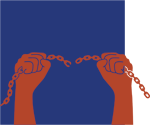 3Those who police our community should come from our community and be trained in the social causes of crime. Police are often seen as an outside force imposed on us with little understanding of the community, and they act as a military police force. A good example of policing is the Tenant Patrols in the New York City housing projects from when we were young. Someone from the community is able to police the causes of crime instead of policing the effects. Another example of policing the causes of crime instead of the effects is the Police Athletic League. For many years, local cops in the community formed a relationship with the youth that helped prevent crime. When there were neighborhood beat cops, they knew the residents and worked to prevent crime, instead of just reacting to crime once it occurred. When, as in Ferguson, policing becomes a source of revenue and police have quotas for arrests and tickets, the relationship between the police and the community is destroyed.
3Those who police our community should come from our community and be trained in the social causes of crime. Police are often seen as an outside force imposed on us with little understanding of the community, and they act as a military police force. A good example of policing is the Tenant Patrols in the New York City housing projects from when we were young. Someone from the community is able to police the causes of crime instead of policing the effects. Another example of policing the causes of crime instead of the effects is the Police Athletic League. For many years, local cops in the community formed a relationship with the youth that helped prevent crime. When there were neighborhood beat cops, they knew the residents and worked to prevent crime, instead of just reacting to crime once it occurred. When, as in Ferguson, policing becomes a source of revenue and police have quotas for arrests and tickets, the relationship between the police and the community is destroyed.
- Stewardship teaches us to care for the gifts we have been given. We have been given others to live with in a community. We in the community have to be the stewards of the people who live in our community.
What we can do: We can use Alternatives to Violence Project (AVP) workshops to improve relations between police and community members.
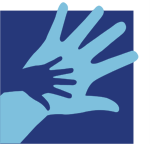 4There are powerful resources in our community in the churches, community groups, and the elders. If they joined together in a united front, they would have input on how to help reduce violence in our community; disseminate information about services; propose solutions on issues, such as the number of children in foster care, gangs, and the deteriorating physical condition of our community; and oversee the work of politicians. We must all become politically active on issues that impact our community.
4There are powerful resources in our community in the churches, community groups, and the elders. If they joined together in a united front, they would have input on how to help reduce violence in our community; disseminate information about services; propose solutions on issues, such as the number of children in foster care, gangs, and the deteriorating physical condition of our community; and oversee the work of politicians. We must all become politically active on issues that impact our community.
- Simplicity teaches us to gather into one voice in dealing with our challenges.
What we can do: We can prepare a list of the resources in our community to help parents and families.
 5We are deeply concerned by the level of youth crime and violence in our community and by those who glorify this violence. Most of us are guilty of these same acts. Because of our actions, we are partly responsible for the plight of the youth in our community and must take responsibility for the involvement of these youth in crime, violence, and the destruction of our community. Even though we are in prison, we strongly believe we can help to reduce violence among youth in our community. We have an obligation as Quakers and conscious prisoners to reach back and rescue the youth and our community from further self-destruction. We believe our experience and insight qualifies us to aid in righting this wrong. In times of emergency prisoners have been called on to help their community. Our community is in an emergency situation, and we can and want to help. Our community needs individuals, churches, community groups, police, politicians, business people, and us to help end the violence. We are ready to help with the crisis in our community.
5We are deeply concerned by the level of youth crime and violence in our community and by those who glorify this violence. Most of us are guilty of these same acts. Because of our actions, we are partly responsible for the plight of the youth in our community and must take responsibility for the involvement of these youth in crime, violence, and the destruction of our community. Even though we are in prison, we strongly believe we can help to reduce violence among youth in our community. We have an obligation as Quakers and conscious prisoners to reach back and rescue the youth and our community from further self-destruction. We believe our experience and insight qualifies us to aid in righting this wrong. In times of emergency prisoners have been called on to help their community. Our community is in an emergency situation, and we can and want to help. Our community needs individuals, churches, community groups, police, politicians, business people, and us to help end the violence. We are ready to help with the crisis in our community.
- Integrity teaches us that we must admit to the mistakes we made in the past and testify to the right way to live.
- Stewardship teaches us to identify our gifts of wisdom and compassion and to use them to help our community.
What we can do: We can be role models to youth, especially those we meet in prison, and we can use the skills we have gained in programs like YAP (Sing Sing’s Youth Assistant Program which allows certain inmates to meet with teens who are on the brink of breaking the law) and AVP to help youth in the choices they are making.
Learn more about Quaker prison ministries in a video from Purchase Quarter. Friends and former members of prison worship groups speak about their experiences:


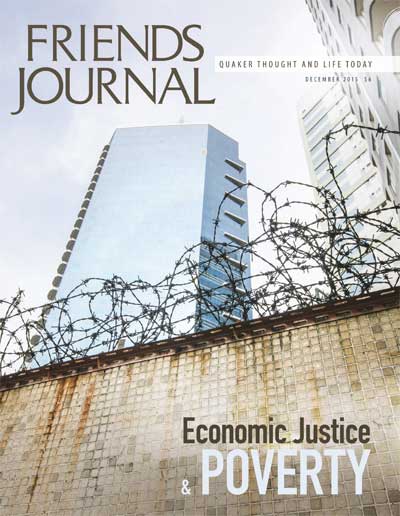
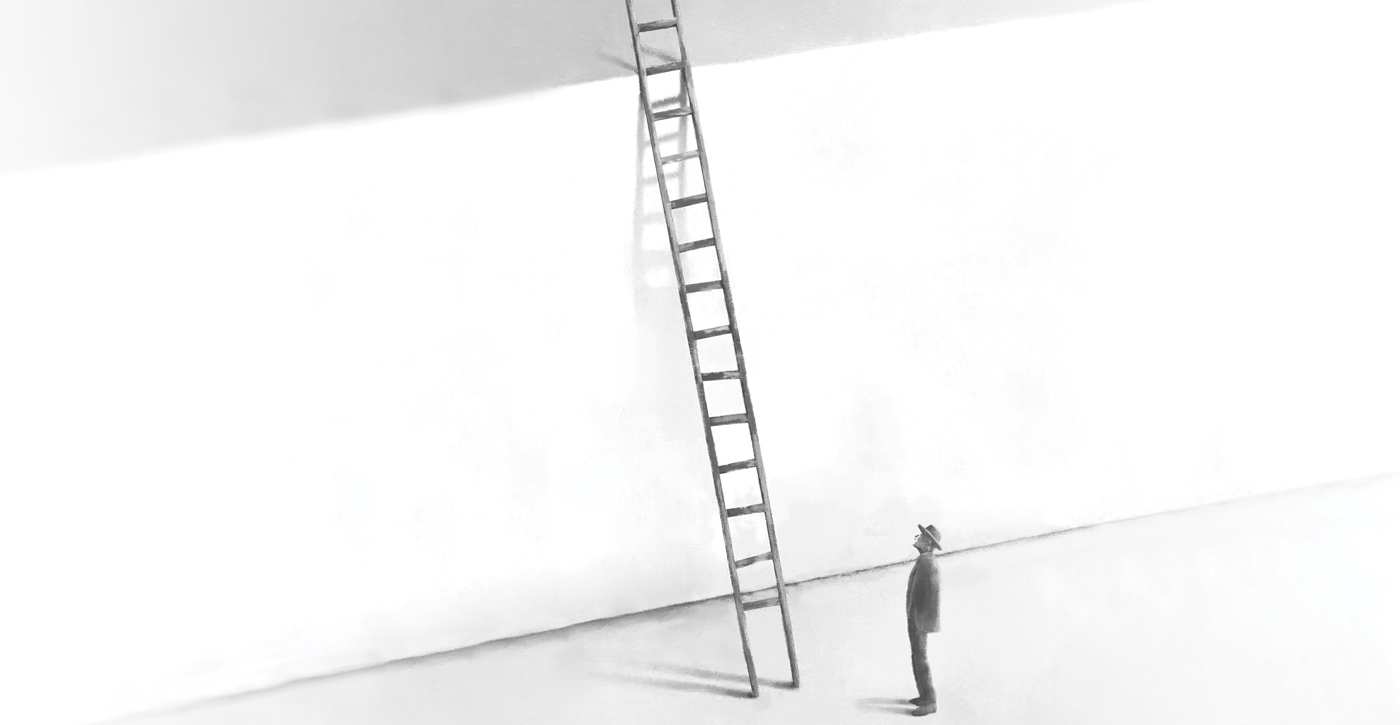

Several members of our Monthly Meeting, Live Oak, work very hard to share the Alternatives to Violence program in our local prisons. It’s a wonderful, successful approach.